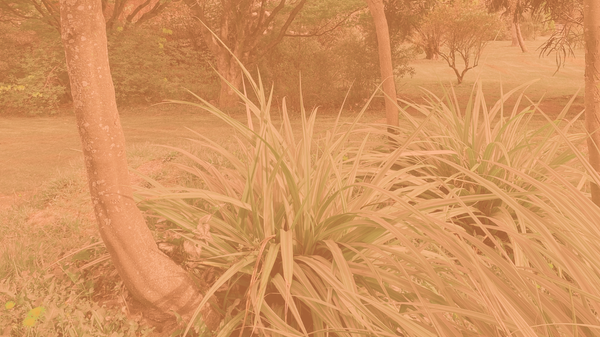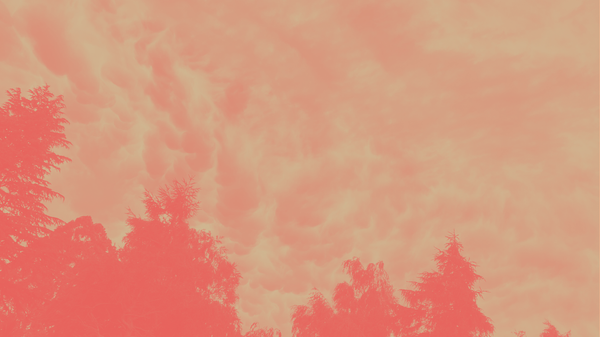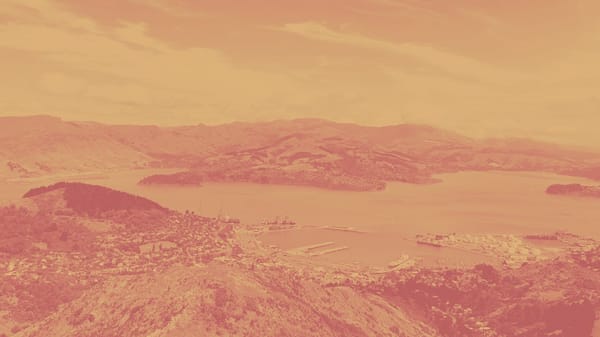Back Catalogue: Mail Box
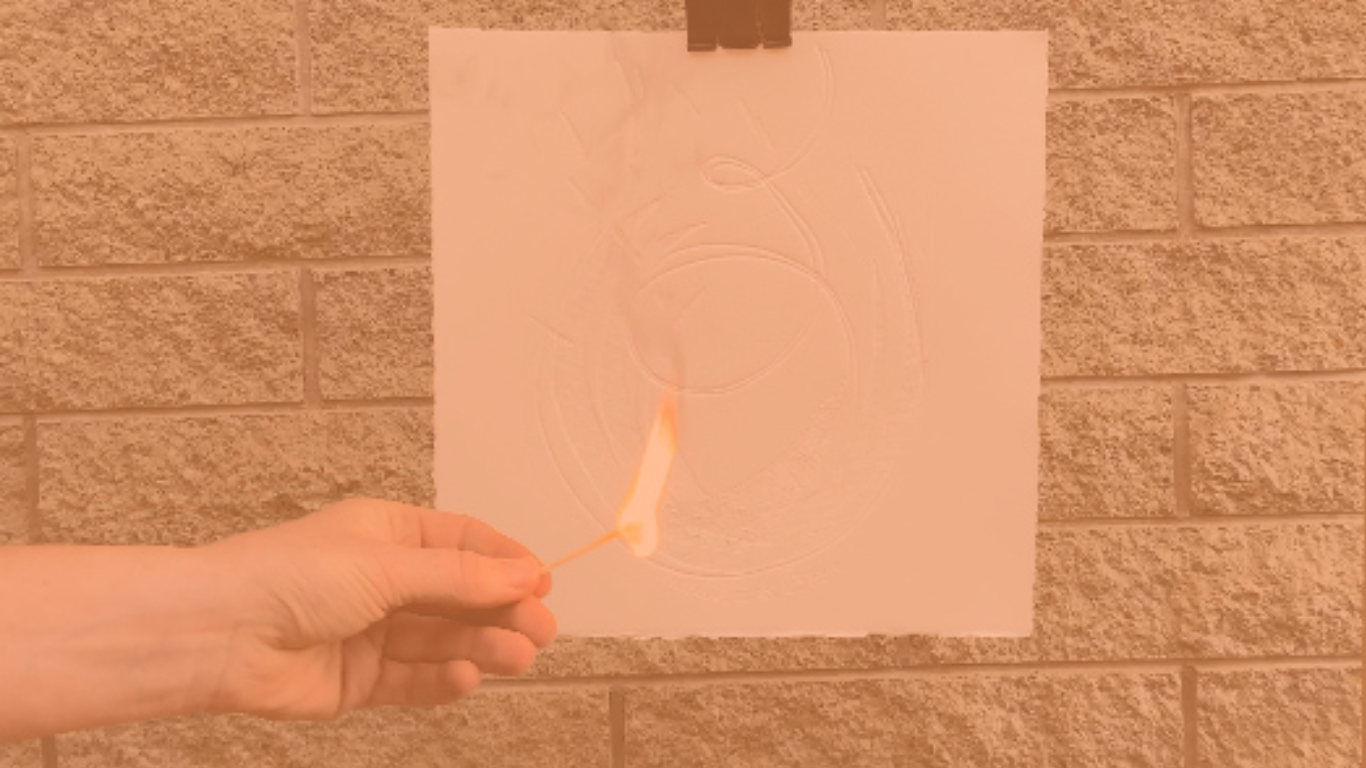
In early 2023, my friend Casey Macaulay and I set out to explore collaborative working and playful, uninhibited making. This evolved into a loosely-structured game, and a continuous kōrero about what it means to exhibit, to collaborate and to make time for individual creative practice amidst competing priorities.
Mail Box - shown at Art Hole at the Darkroom November 2023 - was an exhibition of the results of the game, and of individual works made over the same period.
–
“It’s just for fun”
In early 2023, Casey and I were at cafe in Oxford and it discussed how we both wanted (needed?) to centre creative practice in our lives again. For me, it’s too easy to sideline art work when there are children to grow and bills to pay, and there’s a point in the day (7.30pm if you’re wondering) where work - any work - has to stop for the sake of my happiness. Art needs solid hours and days to develop ideas, to fail and to succeed, to problem solve, to reflect, and so on. We decided, around that time, on two things; one, to have an exhibition at Art Hole, and two, to explore what collaboration by the two of us might look like. The intention was to show our own work in the show, and include a minor element of collaboration; a cameo, if you like. It was later on, when our collaboration had grown into a whole body of work, that we decided to make the show about it.
Mail Box is played like this:
It’s an exchange of art work. One of us makes a work, and delivers it to the other. The delivery point for the work was my mailbox (unless the work became too big, which it sometimes did). Once you receive the work, you can make a new work with it and change it in any way you like. You then return it to the mailbox for collection.
The unwritten rules are:
- “It’s just for fun”
- Don’t be precious
- You don’t have to like what you make, it’s more important to keep going
- You can do anything to the work you receive
- The end of the series is when it feels like the end.
Some things that I learned on this journey are:
It’s possible, and it’s ok, to exhibit your work at different stages of development; to show people what you’re working on and put it in front of faces. These collaborative works aren’t polished and are far from perfect, they’re immediate, fun and tell a story.
I’m often not making work because I feel I haven’t got time for the necessity of failure. But the Mail Box works made space explicitly for experimentation, failure and pace.
As artists, our output is very different, but our approach to our work has more similarities than I realised, and in ways that I haven’t yet been able to put into words.
Thoughts on the series
Sow-thistle
This was the first round of the game. I enjoy how we maintained the original materials for the duration, and the evolution of visual ideas.
Puzzles
My drawing was the beginning of this round. I was in a slump because I had an injury that made most things painful, and drawing and sitting at any table was especially painful. I am left-handed and drawing with my right hand was actually ok, so I sketched my daughter playing with a bag of puzzles she’d spread across the floor. I really like how this came back around right around to a literal puzzle, and that our kids are in there.
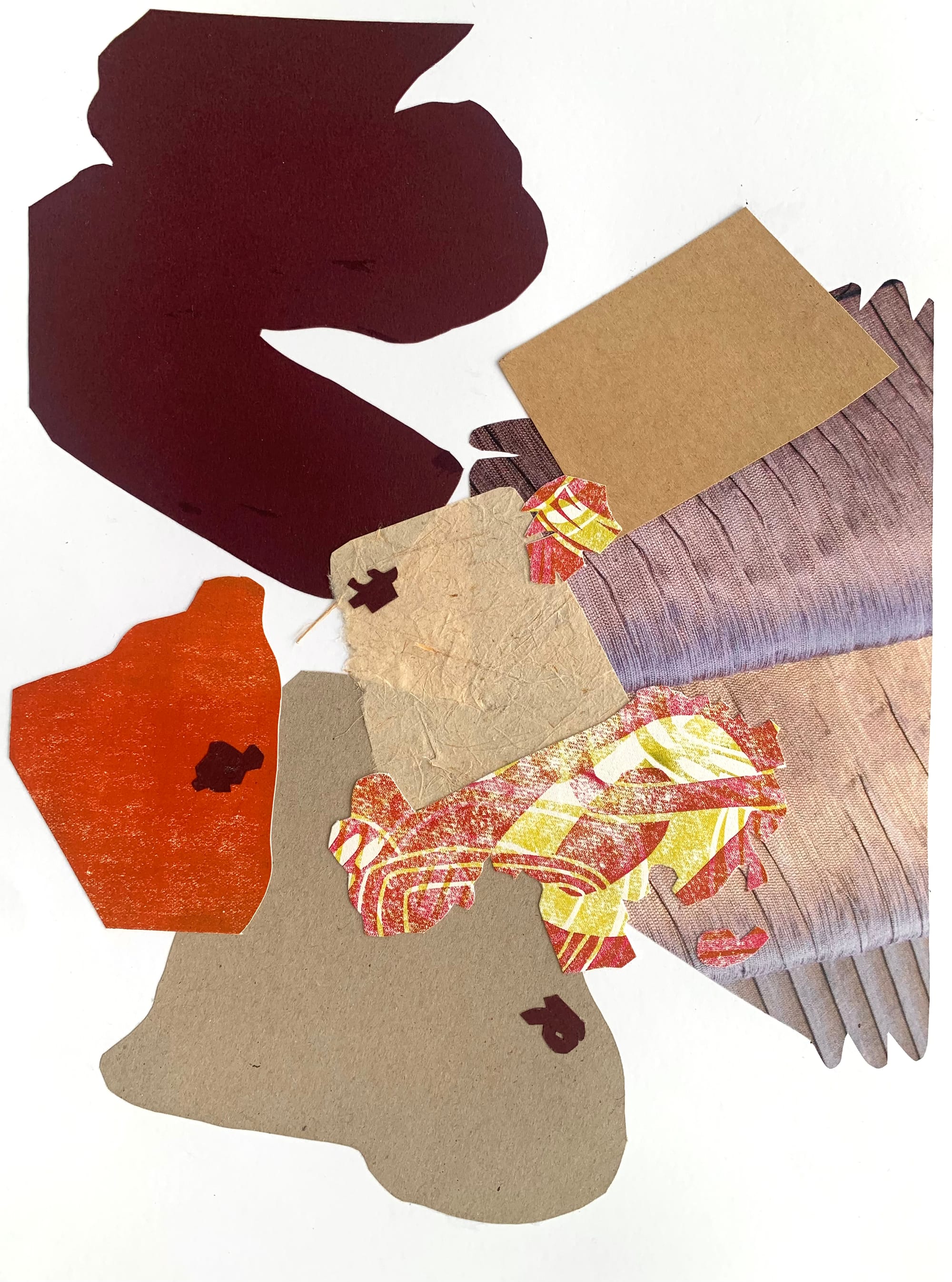
Succulent
This round was short and sweet! By this stage we’d really embraced the idea that anything could be done with the artwork. I look for symmetry and patterns a lot in my work, and Casey is amazing at drawing animals. I’ve always been fascinated by peep boxes and dioramas and would like to incorporate them into my practice one day; Mail Box was such a great way to explore some of the themes that you turn over in your imagination but are yet to try them out. Storm
I like the elemental drama of these transitions. Wild gales inspired my storm-like sketch; gazing down the hill where I live watching the trees fold into a circle, showing me a new vanishing point. I did really like this drawing, and when Casey brought to me a beautiful embossing of its forms there was a definite sense that we’d become attached to the works, and that we were in danger of being ‘too precious’. So, with mischievous glee I set the beautiful embossing on fire… Casey’s decision to freeze the remaining ashes was a crystallization of this entire creative process, and after that I felt free to make something with more control.
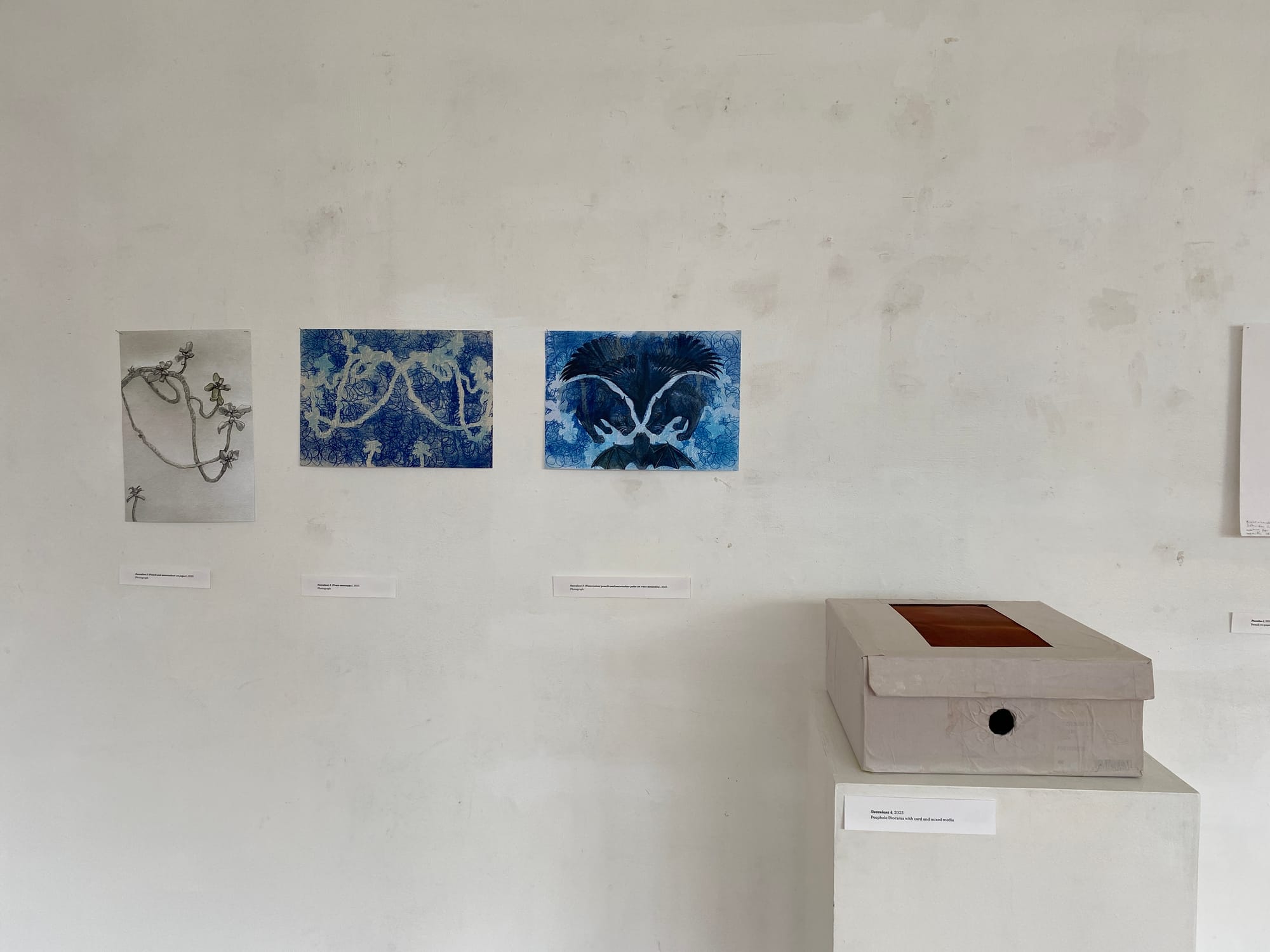
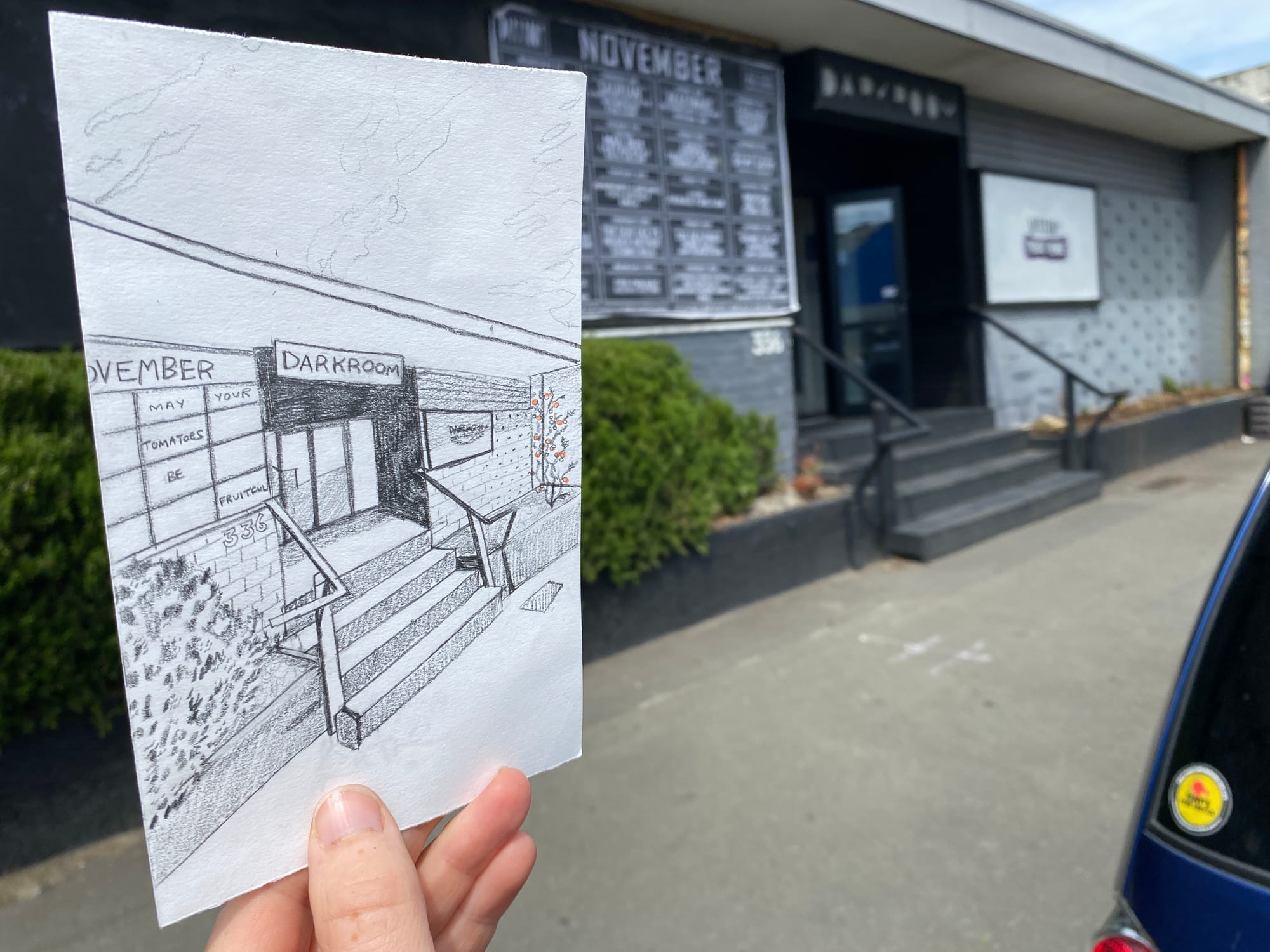
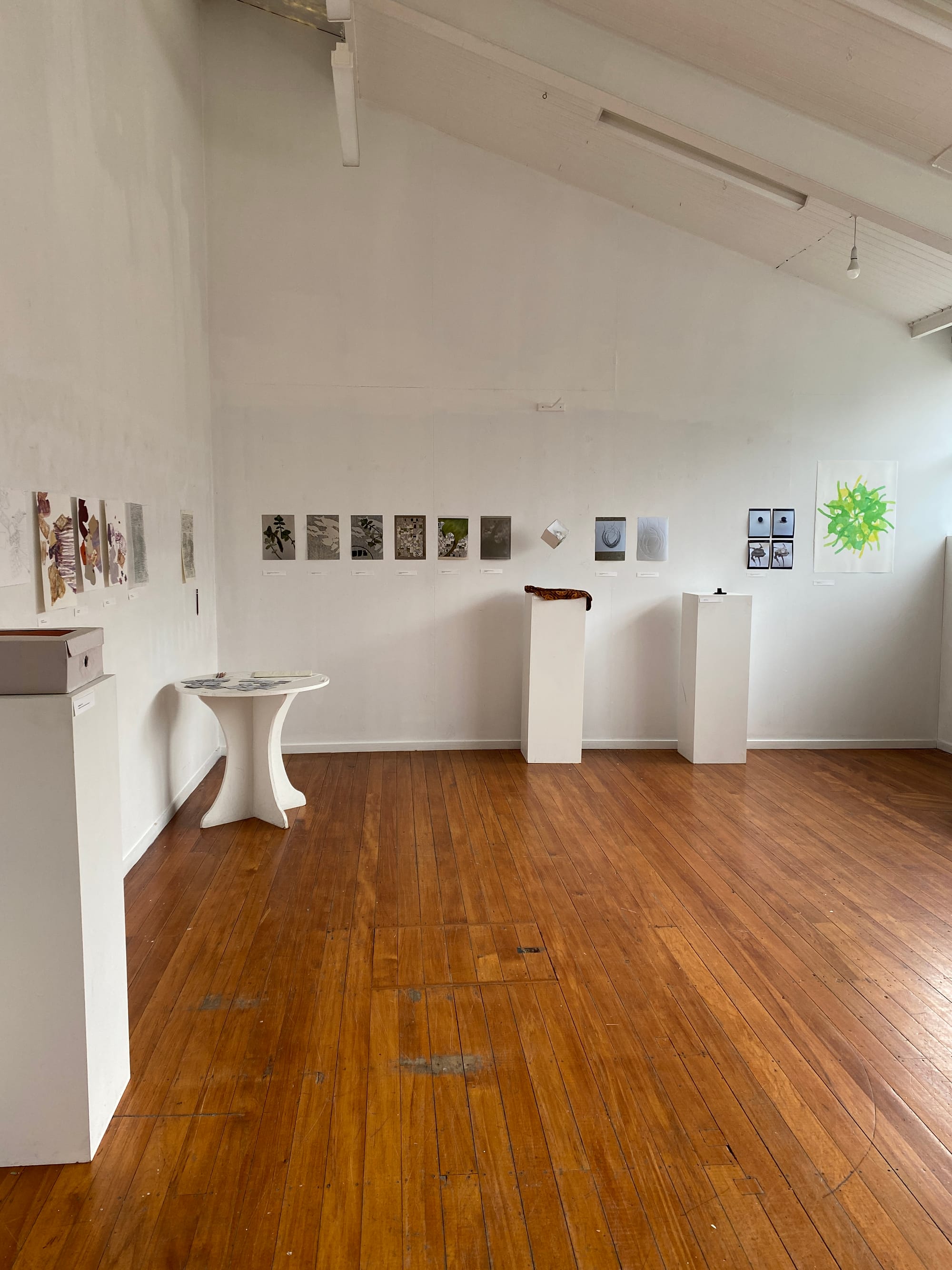
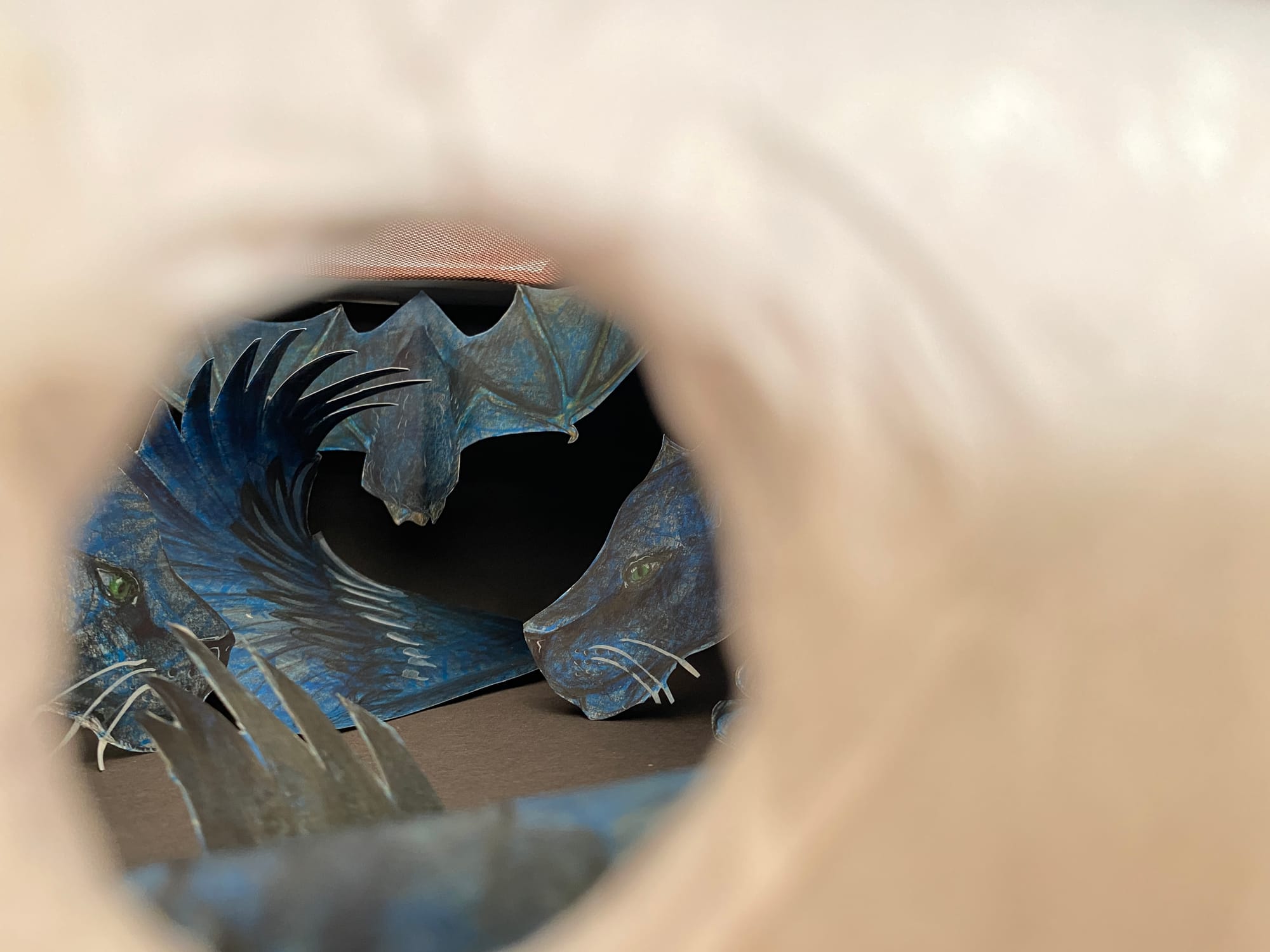
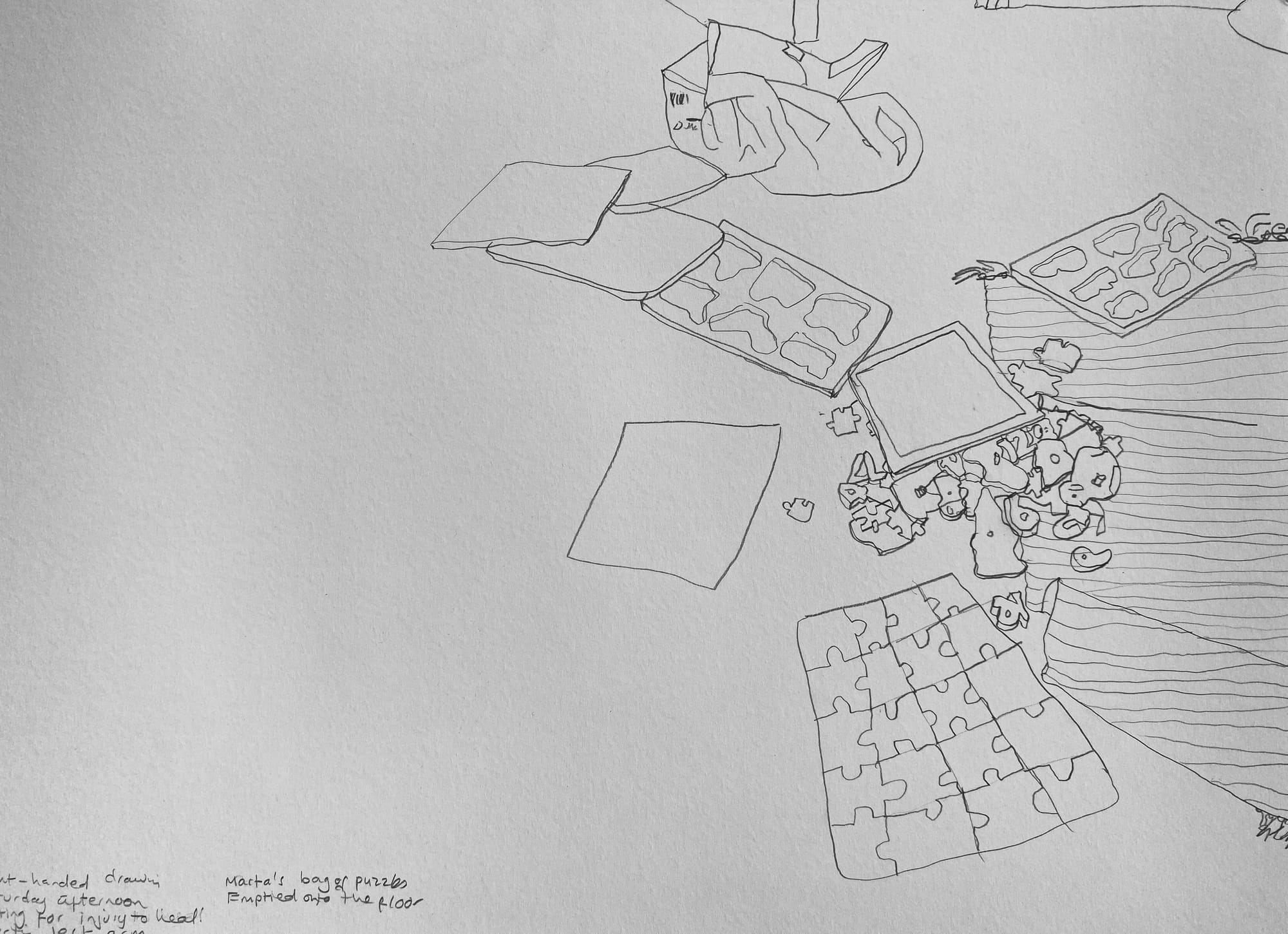
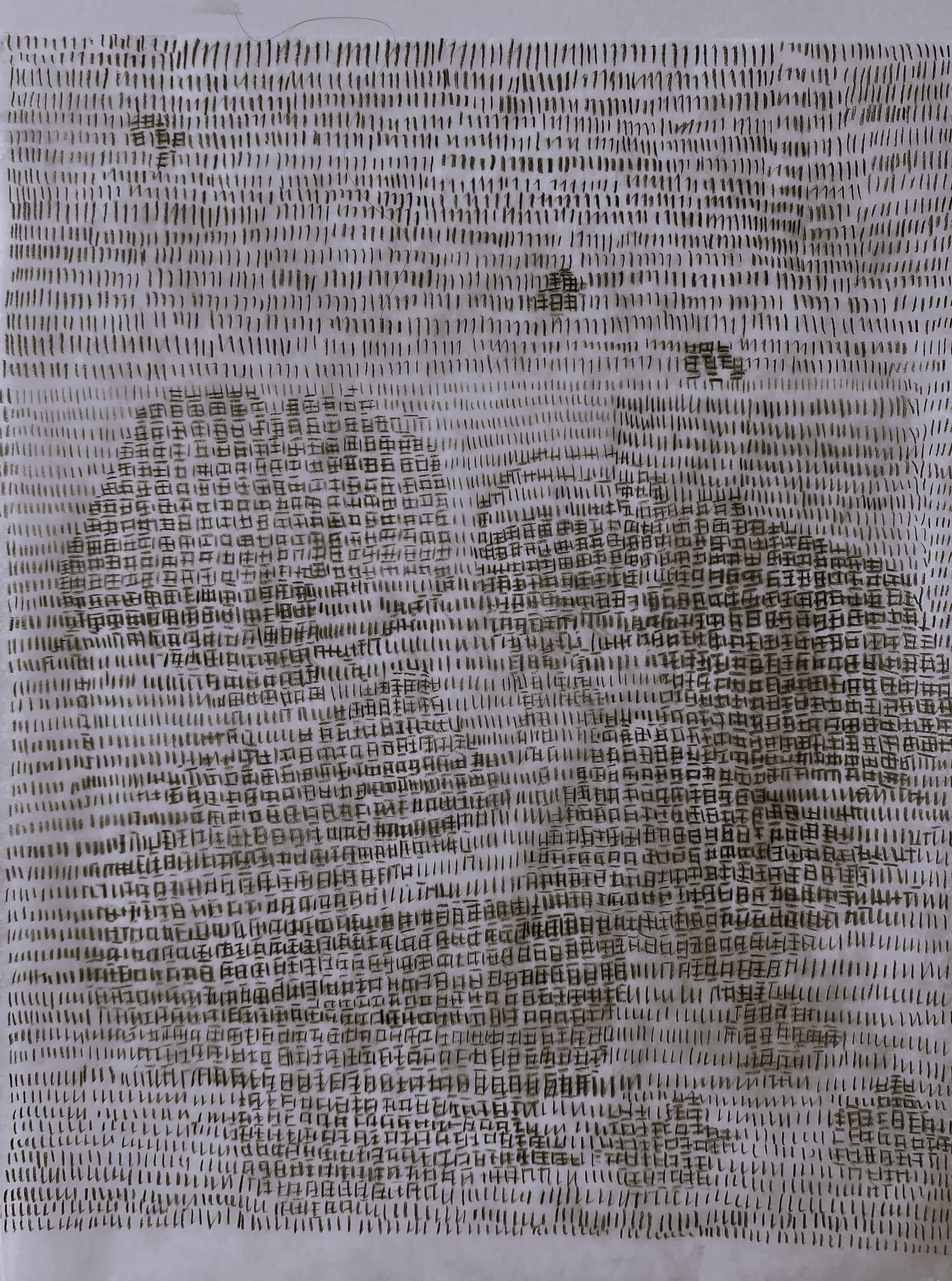
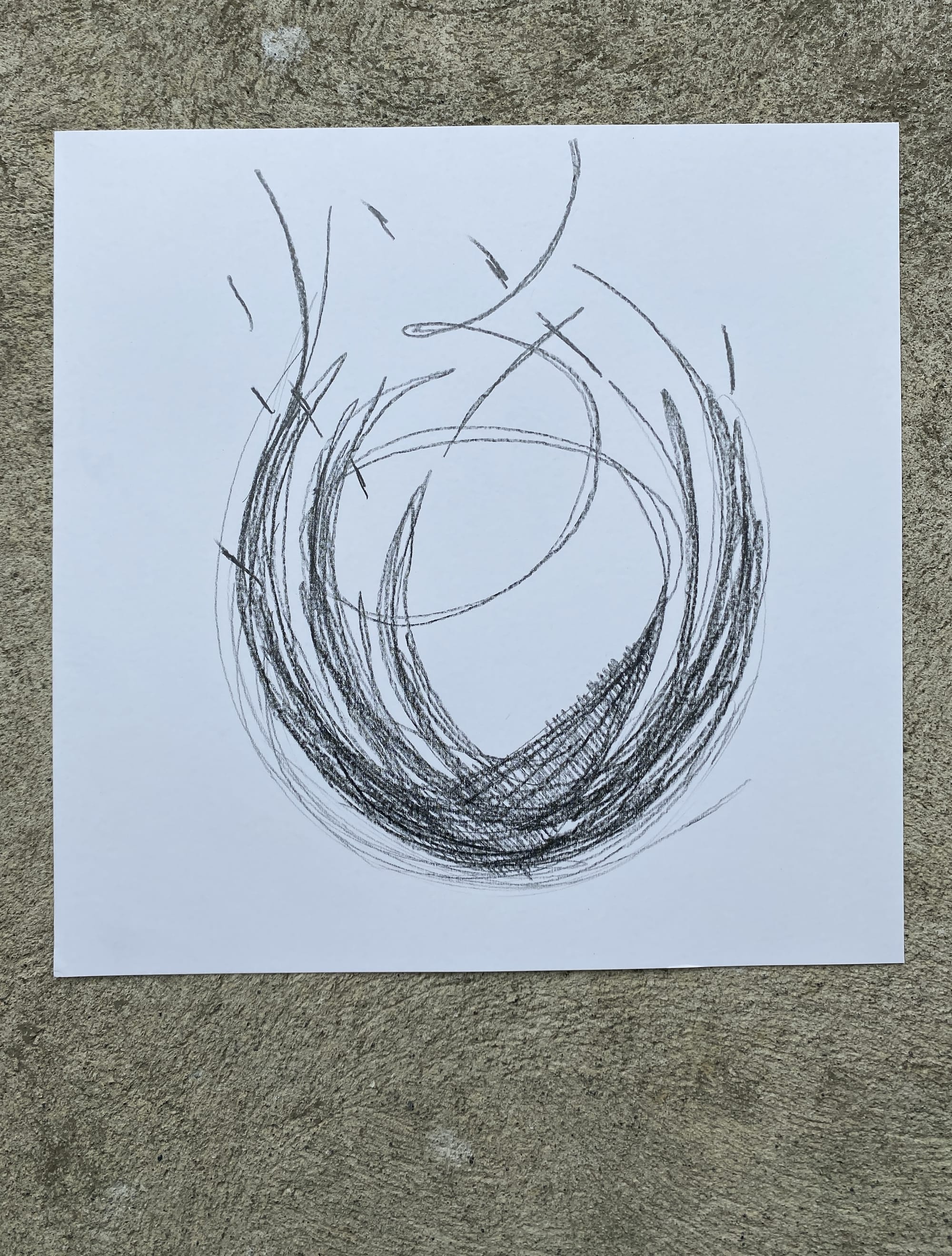
A selection of Mail Box images

